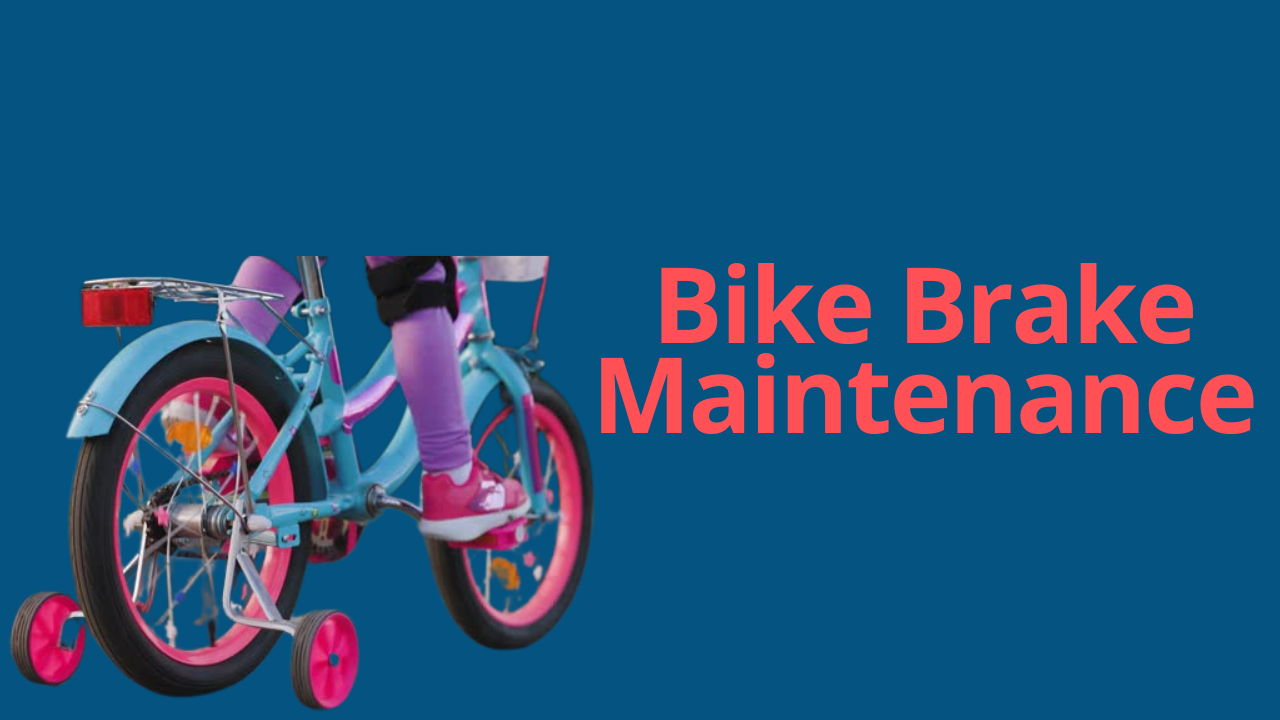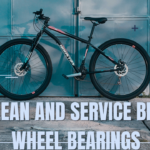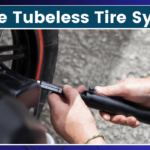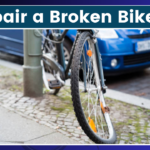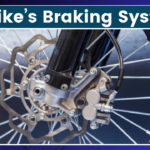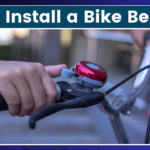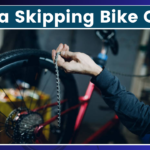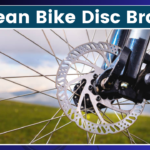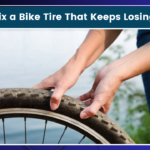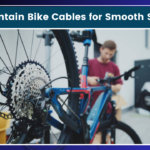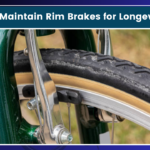Hey there, fellow cyclists! It’s Mike from Mike’s Bike Shop. I’ve been tinkering with bikes for over 14 years now, and let me tell you, there’s nothing quite like the feeling of a smooth ride with responsive brakes. Today, I want to chat with you about one of the most crucial aspects of bike maintenance: taking care of your brakes.
Now, I know what you’re thinking – “Mike, brake maintenance sounds about as exciting as watching paint dry.” But trust me, it’s not just about safety (though that’s pretty darn important). Well-maintained brakes can make your rides more enjoyable and even help you save some cash in the long run. So, grab a cup of coffee, and let’s dive into the world of bike brake maintenance!
Why Brake Maintenance Matters
Before we get our hands dirty, let’s talk about why we’re doing this in the first place. I remember when I first started cycling – I was all about the speed and didn’t give much thought to my brakes. That is until I nearly flew off a hill because my brakes were so worn out. Trust me, you don’t want to learn that lesson the hard way!
Regular brake maintenance:
Saves you money on costly repairs or replacements
Ensures your safety (obviously)
Improves your bike’s performance
Extends the life of your brake components
Types of Bike Brakes
Alright, before we jump into maintenance, let’s quickly go over the main types of bike brakes you might encounter:
- Rim Brakes:
- Caliper brakes
- V-brakes (linear-pull brakes)
- Cantilever brakes
- Disc Brakes:
- Mechanical disc brakes
- Hydraulic disc brakes
Each type has its quirks when it comes to maintenance, but don’t worry – I’ll walk you through the basics for both rim and disc brakes.
Basic Brake Inspection
Now, I know we’re all busy people. Heck, just yesterday, I was rushing to get to my daughter’s soccer game and almost forgot to lock up my bike shop! But taking a few minutes to inspect your brakes before each ride can save you a lot of headaches down the road.
Here’s a quick checklist:
Inspect rotors: For disc brakes, check that the rotors are clean and not warped or damaged.
Check brake pad wear: Look at your brake pads and make sure they’re not worn down to the wear line or showing signs of uneven wear.
Test brake lever feel: Squeeze the brake levers. They should feel firm and not spongy or loose.
Check cable tension: For rim brakes and mechanical disc brakes, ensure the cables aren’t frayed or stretched.
Look for rubbing: Spin your wheels and listen for any rubbing sounds from the brakes.
Maintaining Rim Brakes
Alright, let’s start with rim brakes. These are the most common types I see in my shop, especially on road bikes and older mountain bikes.
Cleaning and Adjusting Brake Pads
If the pads are worn down, it’s time to replace them. Trust me, it’s easier than you think! Just remember to toe in the new pads slightly (about 1mm) to prevent squealing.
First things first, give those brake pads a good cleaning. I like to use a clean rag and some rubbing alcohol to remove any gunk or debris.
Check the alignment of the pads. They should hit the rim squarely when you squeeze the brake lever. If they’re not aligned properly, loosen the fixing nut, adjust the pad, and retighten.
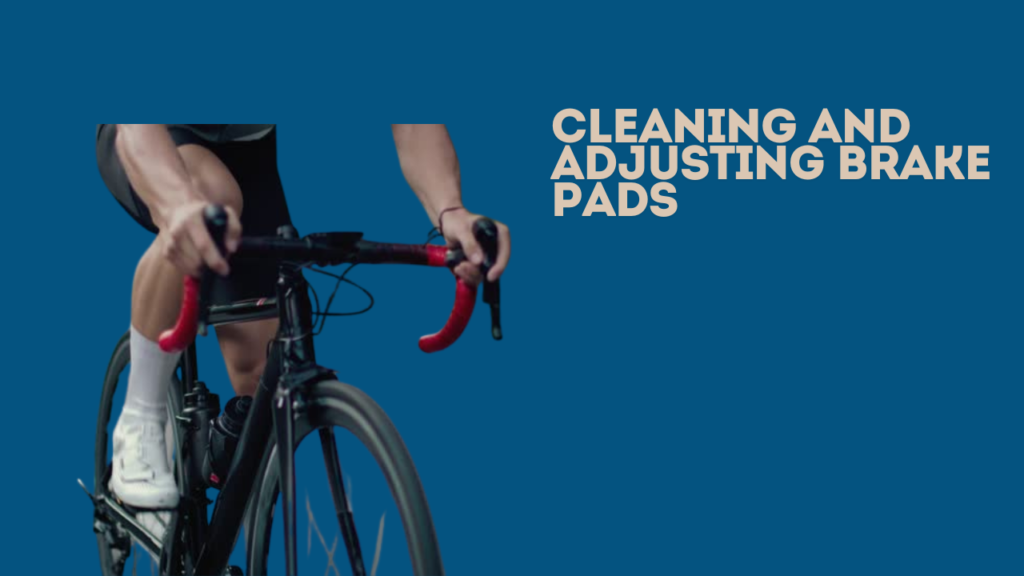
Cable Maintenance
Inspect the cables for any fraying or rust. If you spot any issues, it’s best to replace the cable.
Lubricate the cables with a dry lubricant. Avoid using wet lubes as they can attract dirt.
Adjust the cable tension if needed. You want about 1-2mm of clearance between the pad and the rim when the brake is released.
Maintaining Disc Brakes
Now, let’s talk about disc brakes. These bad boys have become increasingly popular, especially on mountain bikes and higher-end road bikes.
Cleaning and Adjusting Disc Brake Pads:
If you need to replace the pads, follow your bike’s specific instructions. It’s usually a simple process of removing a retaining pin and sliding out the old pads.
Remove the wheel and check the brake pads for wear. If they’re thinner than 1mm, it’s time for new ones.
Clean the pads with rubbing alcohol if they’re still good. Be careful not to contaminate them with oils from your skin.
Rotor Maintenance
Clean the rotors with rubbing alcohol and a clean rag. Avoid touching them with your bare hands to prevent contamination.
Check for any warping or damage. A slightly warped rotor can often be straightened, but if it’s badly damaged, you’ll need to replace it.
If your rotors are squealing, try “bedding in” the brakes. This involves repeated hard braking from moderate speed to help transfer pad material to the rotor surface.
Bleeding Hydraulic Brakes
If you have hydraulic disc brakes and the lever feels spongy, you might need to bleed the system. Now, I’ll be honest – this is one job I often recommend leaving to the professionals. It can get a bit messy, and if you introduce air into the system, you could end up with worse brakes than when you started.
But if you’re feeling adventurous and want to give it a shot:
Be patient – it might take a few tries to get all the air out of the system.
Get a brake bleeding kit specific to your brake model.
Follow the manufacturer’s instructions carefully.
Work in a clean area and avoid contaminating the brake fluid.
General Maintenance Tips
No matter what type of brakes you have, there are a few general tips that’ll help keep them in top shape:
Be gentle: Avoid dragging your brakes on long descents. Instead, use them intermittently to allow them to cool down.
Keep ’em clean: Regular cleaning prevents the buildup of dirt and grime that can wear down your brake components.
Don’t ignore strange noises: If your brakes start squealing or making other weird sounds, don’t just crank up your music to drown it out. It’s usually a sign that something needs attention.
Replace worn components promptly: Riding with worn brake pads or cables can damage other parts of your braking system.
Use the right tools: Invest in a good set of bike-specific tools. Trust me, trying to adjust your brakes with a rusty old pair of pliers is a recipe for frustration.
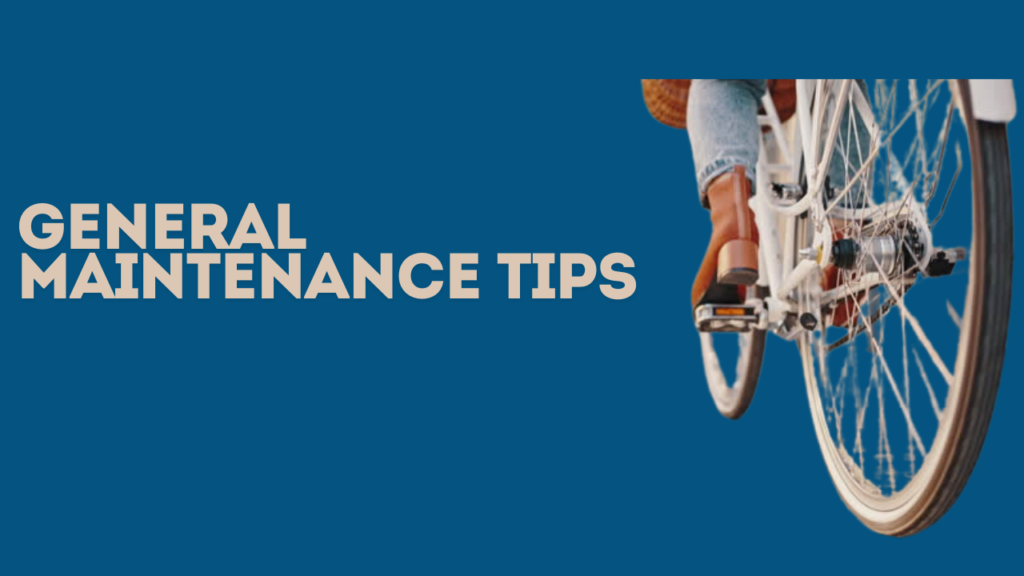
When to Seek Professional Help
Look, I’m all for DIY maintenance – it’s how I got started in this business, after all. But sometimes, it’s best to leave things to the pros. Consider bringing your bike to a shop if:
- You’re not confident in your ability to perform the maintenance safely.
- You’ve tried adjusting your brakes but can’t get them working properly.
- Do you notice any cracks or damage to your brake calipers or levers?
- Your hydraulic brakes need bleeding and you’re not comfortable doing it yourself.
Remember, there’s no shame in asking for help. We’re all here to learn and keep our bikes running smoothly!
Wrapping Up
Well, folks, I hope this guide has been helpful. Brake maintenance might not be the most glamorous part of cycling, but it’s one of the most important. Plus, there’s something satisfying about hearing that perfect “swish” of well-maintained brakes as you come to a stop.
Remember, a little regular maintenance goes a long way. It’s like that time I put off fixing a leaky faucet in my shop – what started as a small drip turned into a mini-flood that had me scrambling to save my inventory! Don’t let your brakes get to that point.
Take care of your brakes, and they’ll take care of you. And hey, if you’re ever in town, swing by Mike’s Bike Shop. I’m always happy to chat about bikes, share maintenance tips, or just swap cycling stories.
Until next time, keep those wheels spinning and those brakes squeaking (but not too much)!
